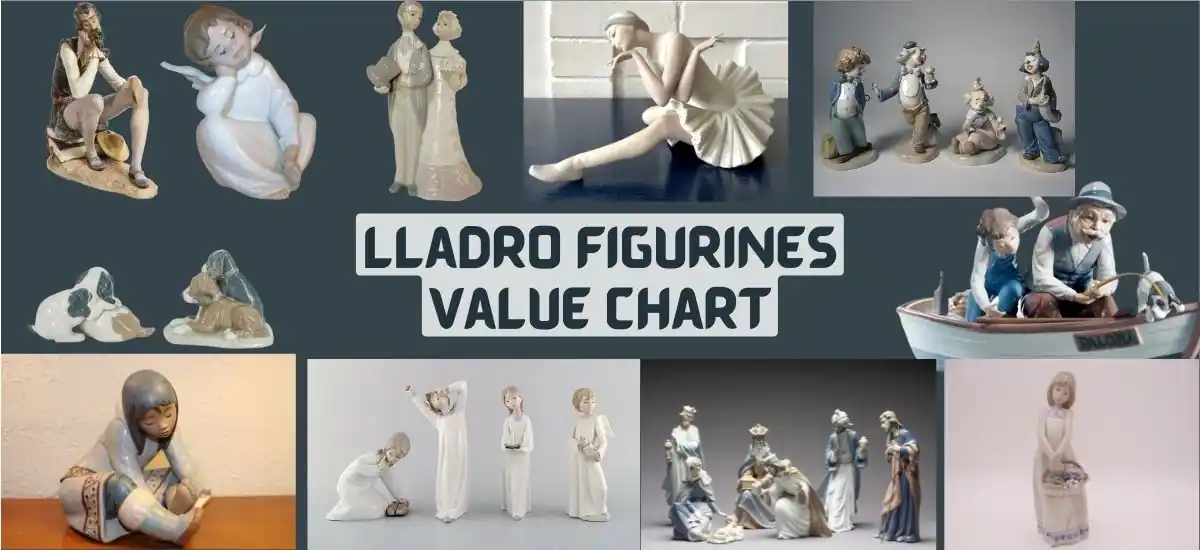The Valencia-based Spanish business Lladro is well known for its premium porcelain figures. It was created by three brothers in 1953, and they started by making vases and jugs. But in 1956, they changed their focus to sculpture manufacturing, and they quickly rose to fame all over the world.
In 1958, they transferred their tiny workshop to Tavernes Blanques after expanding it in response to overwhelming demand. Lladro figurine values might be high today since many collectors seek out intricate older items. Let’s look at it.
How much are Lladro figurines worth?
Figurines by Lladró come in a wide range of prices. Prices for small, typical figurines range from $10 to $20. Average works, which are typically medium in size and complex, sell for $75 to $150 each.
Large, uncommon, or exceptionally detailed figurines can sell for $2,000 to $25,000 or even more. The most money ever paid at auction for a Lladró was $130,000. Figurines from well-known series, such as the “Don Quixote” series, are also more expensive.
A detailed guide to Lladro prices
Beautiful figures and whole sceneries from various life themes, such as literary, comical, and religious themes, were produced by Lladró. Although it is fantastic for collectors, evaluating it is a complete nightmare.
As a result, you can divide them into a few groups to simplify the estimating process.
Also Know: Why Are Squishmallows So Expensive?
Don Quixote
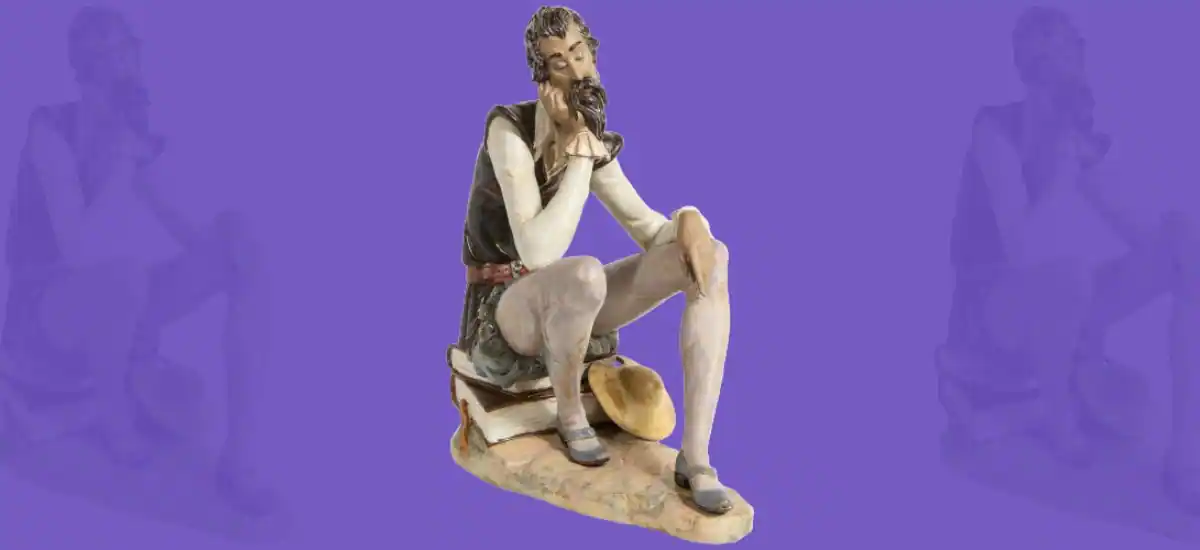
Production of Don Quixote figurines began in the 1970s, and the most desirable examples can range in price from $200 to $2,000, depending on their age, condition, and retirement status. One of the earliest items on the company’s website costs about $2,000.
Angels

The company first produced little, spherical angel figurines in the 1950s, but from the 1980s, they grew larger and longer. The most expensive items are usually several hundred dollars, while those still being produced are worth $50 to $200.
Bride And Grooms
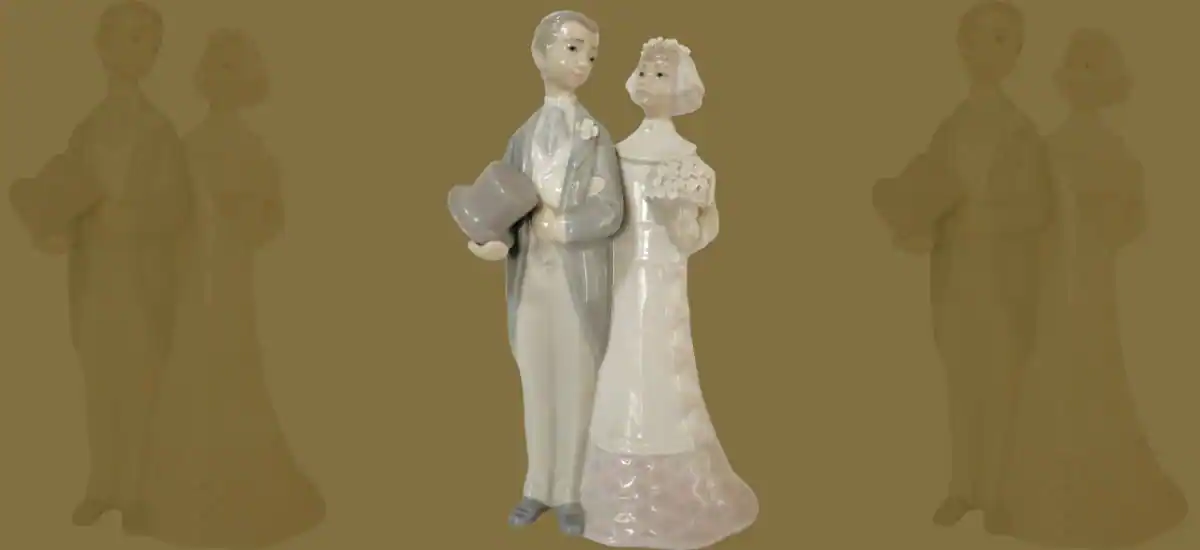
Usually priced between $50 and $500, Lladro’s bride and groom series occasionally sell for hundreds of dollars. The price of one of the most expensive retired Matrimony figurines from the 1980s, estimated to reach $600, is high.
Ballerinas
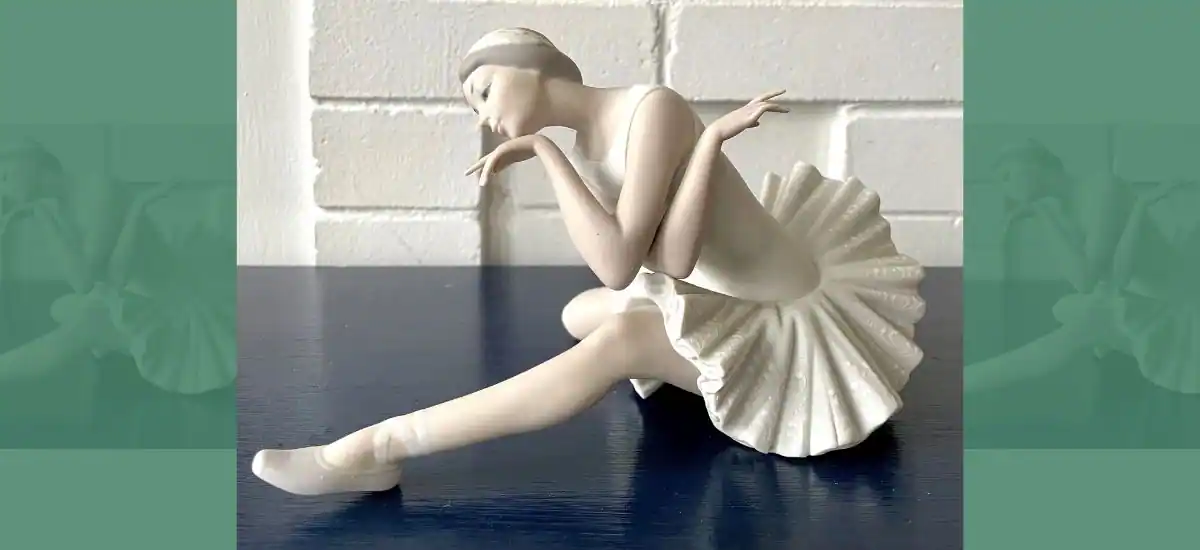
The ballerina series is one of the most popular categories the company has ever produced. They can be purchased for various prices, but those from the 1950s tend to be the most expensive and can go into the thousands of dollars. For instance, the Ballerina with Rose statue can be purchased online for more than $2,700.
Read More: How Much Is A Sterling Silver Spoon Worth
Clowns
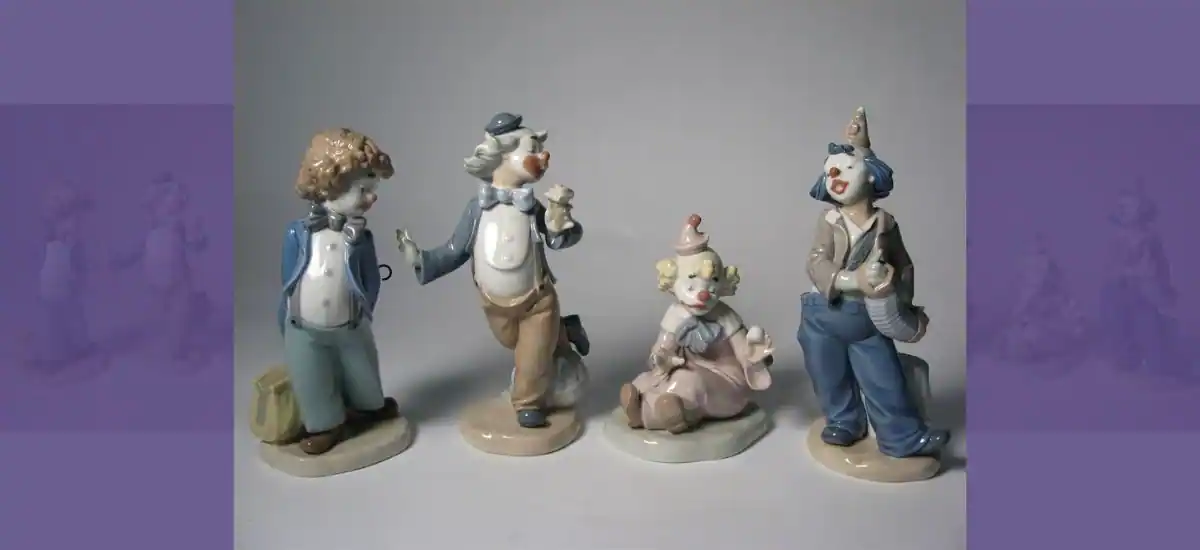
Clown busts are some of Lladró’s most unique and collectible statues. You can pay $50 for a cheap item or $1,000 for a more intricate work of art in flawless condition. The most costly Court Jester model made between 1969 and 1970 costs $1,500.
Girls With Flowers
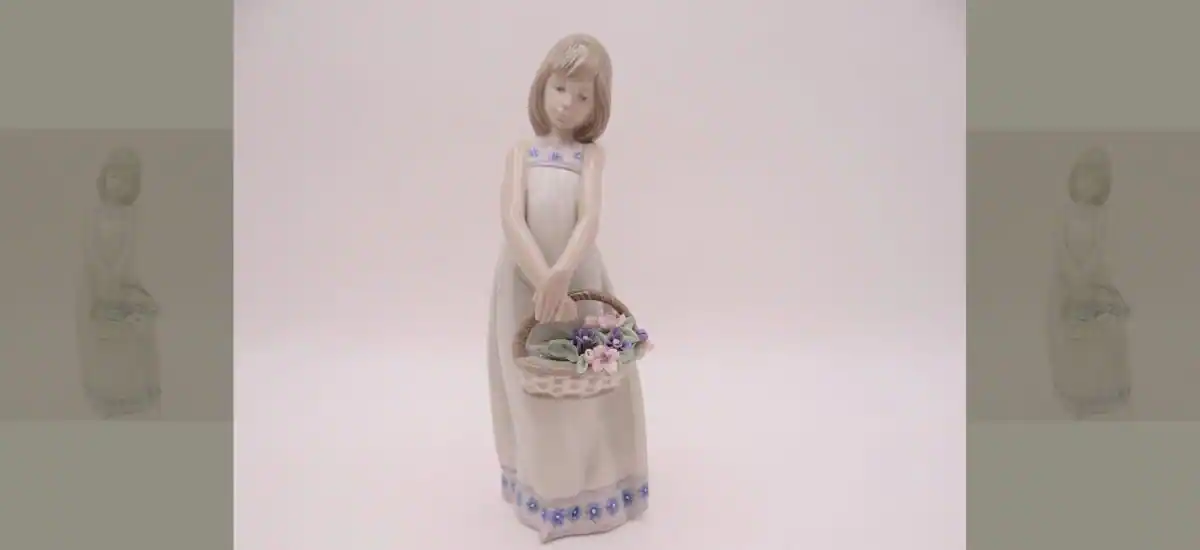
These figurines of young women holding bouquets or carrying bright flower baskets are part of a more reasonably priced series. On average, their costs range from $50 to $300. However, limited editions might cost more.
Nativity Sets
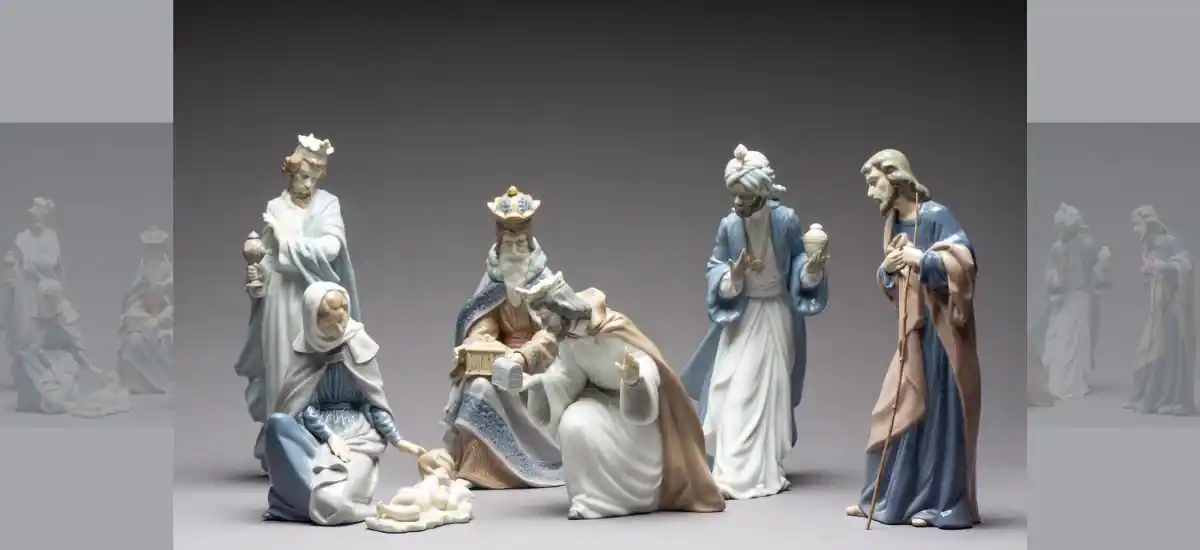
The religious figurine collection has nativity sets with wise men and animals. They always have multiple figurines in their composition, so they budget between $600 and $1,000 for the collection.
Know more: About 20+ Rarest & Valuable Cabbage Patch Dolls
NAO-Lladro Pieces
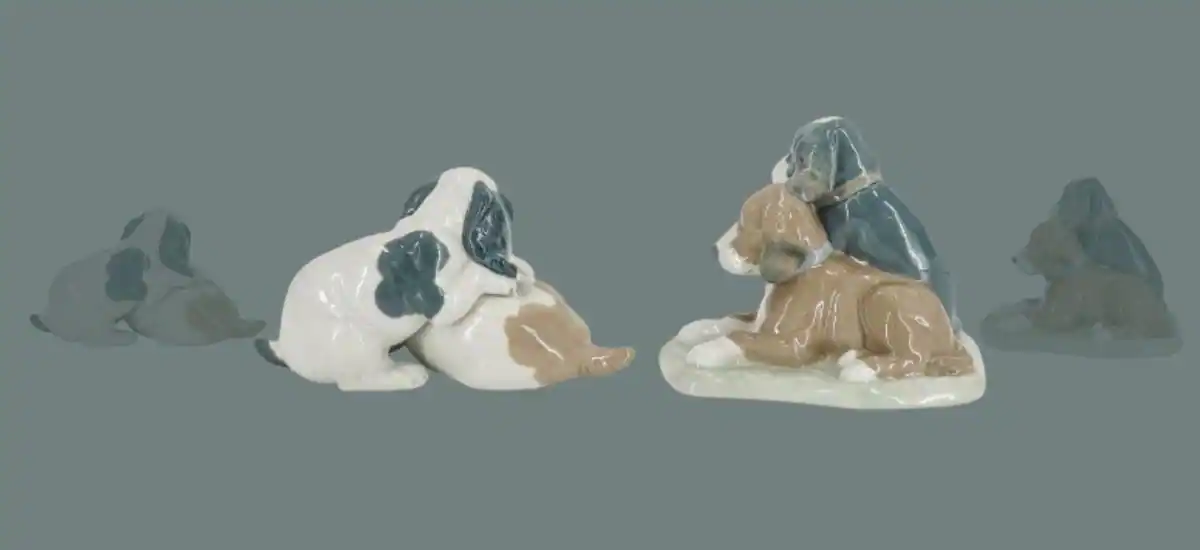
Under the Nao brand name, the business also sells porcelain series that are less expensive and poorly made. The pricing of these pieces is always lower because the design is more straightforward than the original Lladro figurines but with a similar aesthetic.
Although the business began making Nao figurines in 1968, they are not regarded as the first valuable Lladro figurines. They are items that apprentices created as they were studying.
Gres Figurines
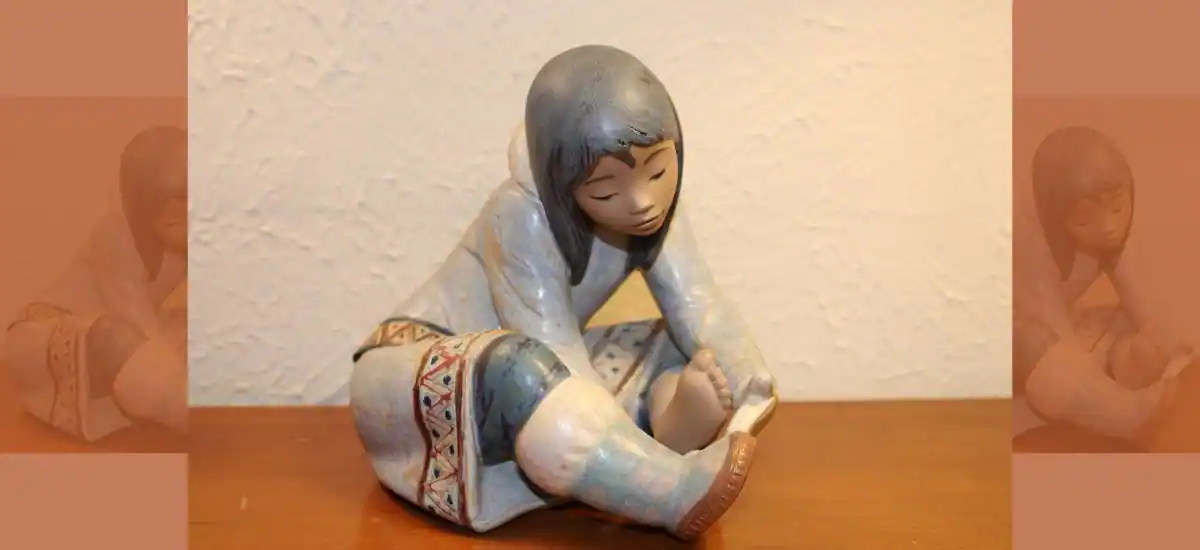
Since the 1970s, Lladró artists have been producing this series of figurines, making them sought-after collectibles. These products muted color finishes and matte-finish porcelain construction gave them a natural appearance and excellent contrast.
Popular Collections
These collections contain uncommon and challenging-to-find figurines and sets, such as:
- Exquisite Capricho figurines produced between 1983 and 1991
- Since 1974, elite limited editions have been offered.
- Figurines created between 1985 and 2000 that are accessible to Lladro Society members
- Since the 1990s, porcelain fairies, angels, and elves with gold and valuable gem decorations have been sold.
- Figures of the privileged society produced between 2001 and 2010
- Works inspired Francisco Goya by Goyesca.
- Black heritage was created to celebrate African-American culture.
Identifying the authenticity of Lladro figurines
Lladró began affixing an official logotype to the bottom of its products in 1960, but the mark has evolved through time.
See how the Lladró identification mark changed over time by referring to the timeline below.
1953 – 1960
Marks were etched into the porcelain before the 1960s. The words “Valencia,” “Espana,” or “Made in Spain” are also included, and the first “L” was lengthened to emphasize the Lladró name. Hire an appraiser to determine the authenticity of Lladró bearing these marks before purchasing or selling it.
1960 – 1963
Lladró debuted their first official logotype in 1960. The bottom of the figures had logotypes from the 1960s to the 1970s. “Lladró Espanna manufactured in Spain” appears on marks from 1960 to 1963.
1964 – 1970
The name “Espana” does not appear in logotypes from 1964 to 1970.
1971 – Now:
The blue stamp Lladró aficionados are best familiar with first appeared in 1971. The logotype on the stamp, which says “Lladró produced in Spain,” is shaped like a bellflower or tulip.
You May Also Like: Metal Tonka Trucks 10+ Most Valuable
The History of Lladro Figurines

In 1953, the Lladro brothers established a modest, part-time family company. Within two years, they began selling plates, vases, and figurines in 18th-century fashion in the neighborhood market and producing porcelain and ceramic figures.
Brothers had to wait until 1958 when figurines became more well-liked. They later relocated the business to Tavernes Blanques and enlisted the aid of additional artisans, including painters, sculptors, and chemists, to assist them in creating new products.
Lladro figurines were well-known worldwide between the 1960s and the 1980s when they were introduced to the US in 1965. In 1970, the first Gres figures constructed of a different sort of porcelain and painted with terra-toned colors hit the market.
Today, this family-owned business employs over 2,000 people, produces excellent collectibles, and exports them to over 90 nations. Matte and glazed pieces can be distinguished.
Glossy figurines that have been glazed are pretty collectible, while matte figures are usually white or painted. They were discontinued in 1991, and the business continues only to make products that are in high demand.
Over time, Lladro began introducing increasingly intricate pieces and intermittently adding limited-edition series. In the 1980s, they founded the Lladro Collectors Society and erected a gallery and museum in New York.
They started making innovations at the start of the millennium, notably the High Porcelain line. Then, in addition to their iconic porcelain figures, they began manufacturing jewelry, lighting, and home furnishings.
Places to Buy or Sell Lladro Figurines
Lladro figurines are available in a variety of stores. In addition to their galleries, you might try looking for them in:
- Pawn shops
- Vintage stores
- Premium swap shops
- Estate auctions
- Rummage sales
They have a decent chance of owning at least one of these works of art. You should hunt for art dealers if you want to sell your figurine.
You only need to make a few clicks to find lovely Lladro miniatures online. One option is online auctions on websites dedicated to the trade of ancient art artifacts. Another option is to browse online marketplaces like Ruby Lane, Amazon, eBay, or Etsy.
Whatever choice you make, exercise caution. Constantly research internet vendors, look at the pictures, and read the item description carefully.
Cessation
The demand in the present market, age, quality, figure complexity, condition, and rarity affect how much a Lladro porcelain figurine is worth.
They come in a wide range of prices, from those worth $10 to $20 to scarce, fine ones that can cost up to $25,000. The figural trio reached the record auction price after paying $130,000.
Frequently Asked Question
Q1. Does Lladró increase in value?
You could wonder whether Lladró figurines increase in value given their abundance on the secondary market. There is no doubt in my mind: “Yes!” Extensive and intricate pieces and rare figures have sold for $2,000 to $25,000.
Q2. Where are Lladró figurines made?
Lladró figures are famous worldwide for their distinctive beauty and rigorous attention to detail. They are handmade in Valencia, Spain.
Q3. Is Nao the same as Lladró?
The Lladró group’s Nao brand has items that are comparable in style. Since Lladro trainees, instead of the specialists, who are reserved for working specifically on Lladro things, make Nao’s collection, their products are less expensive to purchase.
